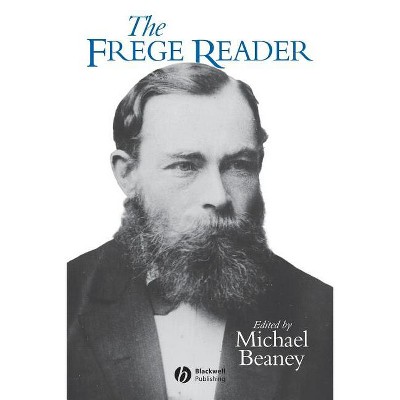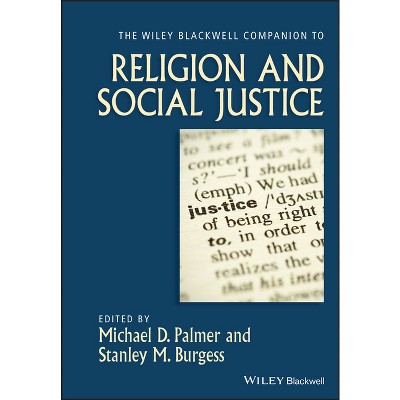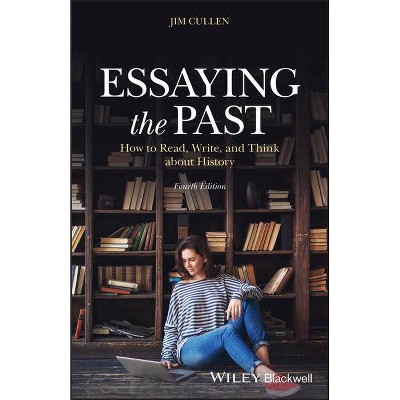Sponsored

The Civil War and Reconstruction - (Uncovering the Past: Documentary Readers in American History) by Stanley Harrold (Paperback)
In Stock
Sponsored
About this item
Highlights
- This new volume deals with two momentous and interrelated events in American history --the American Civil War and Reconstruction--and offers students a collection of essential documentary sources for these periods.
- About the Author: Stanley Harrold is Professor of History at South Carolina State University and coauthor (with Darlene Clark Hine and William C. Hine) of the textbook African American Odyssey, Third Edition (2006).
- 240 Pages
- History, United States
- Series Name: Uncovering the Past: Documentary Readers in American History
Description
Book Synopsis
This new volume deals with two momentous and interrelated events in American history --the American Civil War and Reconstruction--and offers students a collection of essential documentary sources for these periods.- Provides students with over 60 documents on the American Civil War and Reconstruction
- Includes presidential addresses, official reports, songs, poems, and a variety of eyewitness testimony concerning significant events ranging from 1833-1879
- Contains an informative introduction focused on the kinds of materials available and how historians use them
- Each chapter ends with questions designed to help students engage with the material and to highlight key issues of historical debate
From the Back Cover
This volume deals with two momentous and interrelated events in American history. The American Civil War is the country's largest and most significant war, as northern victory created national sovereignty and ended legal slavery. Reconstruction, although intricately linked to the Civil War, has a more complicated and darker legacy. During this era, the U.S. government undertook a limited effort in behalf of black citizenship, and--faced with violent resistance from white southerners--abandoned the effort. Emancipated and enfranchised after the Civil War, African Americans contributed to the economic, social, and political Reconstruction of the South only to see their efforts come to an end due to southern white resistance and northern indifference.This reader provides students with a collection of more than sixty essential documentary sources for these periods, including presidential addresses, official reports, songs and poems, and a variety of eyewitness testimony concerning significant (and often dramatic) events. Contextualizing headnotes explain the importance of each document.
Harrold's introduction includes an explanation of how historians analyze, contextualize, and interpret a variety of primary sources related to the Civil War and Reconstruction, allowing students to acquire a better understanding of the raw materials with which historians create narratives of the past, and making this volume a valuable supplement to a variety of courses.
Review Quotes
"This book is a useful tool that will find its way onto many syllabi in the upcoming years, including mine." (H-Net Reviews, 1 April 2011)
"Harrold provides an excellent introduction with not only the historical facts, but also a solid discussion of the historiography. The introduction alone makes it valuable in the classroom. For instructors looking for a good set of primary documents to use in their upper-division Civil War courses, Harrold has provided a great service. Highly recommended." (Choice, November 2008)
About the Author
Stanley Harrold is Professor of History at South Carolina State University and coauthor (with Darlene Clark Hine and William C. Hine) of the textbook African American Odyssey, Third Edition (2006). His most recent books include The Rise of Aggressive Abolitionism: Addresses to the Slaves (2004), Subversives: Antislavery Community in Washington, D.C., 1828-1865 (2003), and American Abolitionists (2001). He is coeditor (with Randall Miller) of the series "Southern Dissent", and his articles have appeared in Civil War History, Journal of Southern History, Radical History Review, and Journal of the Early Republic.Shipping details
Return details
Trending Non-Fiction











